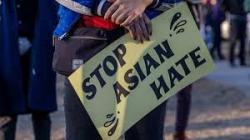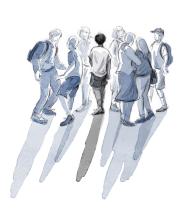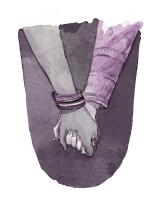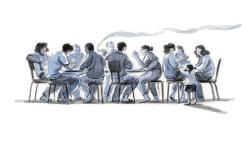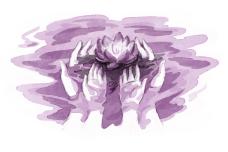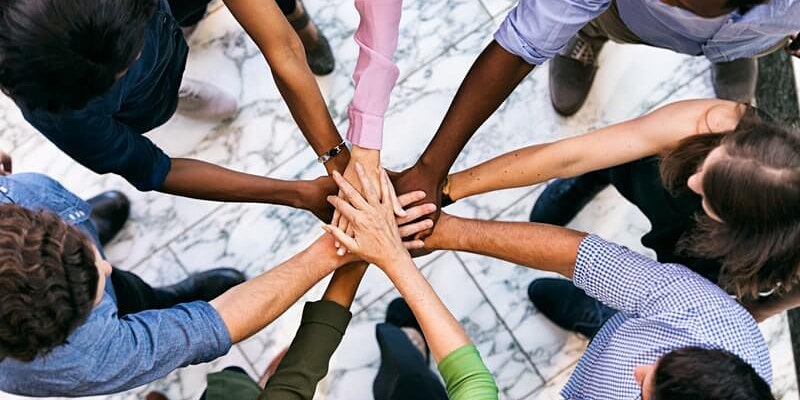
Training Courses
The Kirwan Institute's online Implicit Bias Modules are free and readily available for use! Organizations do not have permission to record, replicate or modify content but are otherwise encouraged to use the online modules for personal or institutional training.
The introductory video is provided below for convenience:
- OVERVIEW
- MODULE 1
- MODULE 2
- MODULE 3
- MODULE 4
- FINAL THOUGHTS
All six full lesson sets can be accessed here: kirwaninstitute.osu.edu/implicit-bias-training
The Kirwan Institute for the Study of Race and Ethnicity is an interdisciplinary engaged research institute at Ohio State University established in May 2003. Its goal is to connect individuals and communities with opportunities needed for thriving by educating the public, building the capacity of allied social justice organizations, and investing in efforts that support equity and inclusion.
Articles
|
|
